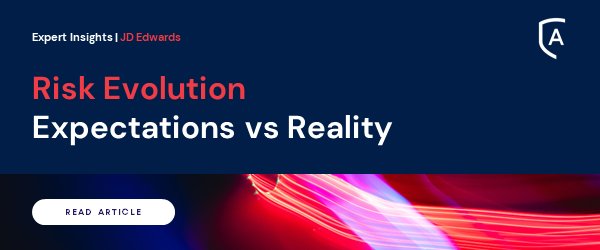Did you know 30% of critical infrastructure organizations will suffer a security breach by 2025?
Growing Concerns for Organizations
According to Gartner Inc., 30 percent of critical infrastructure organizations will be affected by a security breach that disrupts their operations or their critical cyber-physical systems by 2025. Communication, transportation, manufacturing, energy, water, and healthcare are among the critical infrastructure sectors identified by the European Union (EU).
The Evolution of Post-Pandemic Risk
Numerous governments in many countries within but not only the EU are realizing that their national critical infrastructures have been at risk and they are making moves to implement and understand security controls for their Enterprise IT systems. Over time, the technologies that construct these critical infrastructures have become extensively connected to the Enterprise IT systems, creating numerous security risks. It’s been widely acknowledged and suggested that in the next three to five years, more than half of organizations will increase their spending in Securing their Operational Technology systems.
In critical infrastructure sectors, organizations should be equally concerned. Working from home is becoming a gateway to new forms of data theft. Covid-19 drives talent-related challenges, like workforce planning and maintaining company culture, which adds further pressure on the need to speed up the adoption of Risk Control and Risk Management.
Reality Check – Shifting Business Expectations
In the wake of the pandemic, most boards of directors no longer see risk as something to be avoided, but rather as an opportunity guided by the need to speed up digital business and adapt to new consumer habits/behaviors. For IT Executives, this shift requires being prepared to provide the business with data, analytics, reports, and pattern recognition so they can first and foremost be informed and then take better organizational decisions. The goal is no longer to dodge risk but rather to understand and separate the good risk from the bad.
By late 2016 IT firms started to consider IT Security, Audit, and Compliance differently as they started to recognize the significant impact security has on an organization. Since then, there’s been an increasing concern as 88% of C-Level IT Executives are considering security a top priority business risk. This is resulting in a shift of focus as Enterprises are now strategically presenting security as a business risk and not as a technology-related risk. Inclusively, the business should be aware of the significant consequences a security breach causes to the organization and have a plan on how to react or prevent such breaches.
The Real Implications: Controlling Risk in JD Edwards
In many ERP systems such as JD Edwards that can grow over time to be heavily customized, activities like security management access control, and reporting are complex and somehow unachievable. Having in your armory an Oracle validated Security, Audit & Compliance toolset, which allows you to automate and streamline straight in your JD Edwards environment without data preparation and exportation is something that generates substantial competitive advantage and fast return on investment.
Within JD Edwards there are many different types of security from application to hyper exit. Thus, managing security is difficult and time-consuming. JD Edwards professionals are quite used to going through repetitive activities that usually cause further confusion than clarity due to the customizations and complexity added in their ERP estate over time. Via ALLOut Security user access activities and configuration information is gathered and managed using only one screen while filling the gap of the minimal reporting which is available in standard JDE. Simple, configurable reporting for system access, critical processes, and segregation of duties embedded in your JDE instance. Whether you comply with SoX, JSoX, GDPR, HIPAA, Oracle Licensing, or even your own internal policies, ALLOut tools can provide you with the Security and Transparency of information you need.
Did you find this article interesting? Get in touch with us today and arrange your demo to discover the power of ALLOut Security for JD Edwards.
Discover our industry leading expertise
Industry Insights
Exclusive & Inclusive Row Security
While Exclusive can be used to “Manage Exceptions” and the E1 installation defaults to this setting, Inclusive is considered the stronger method for effectively managing data security.






